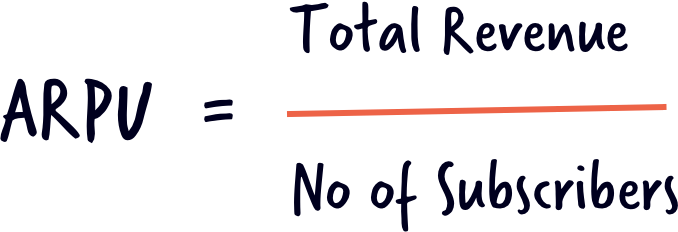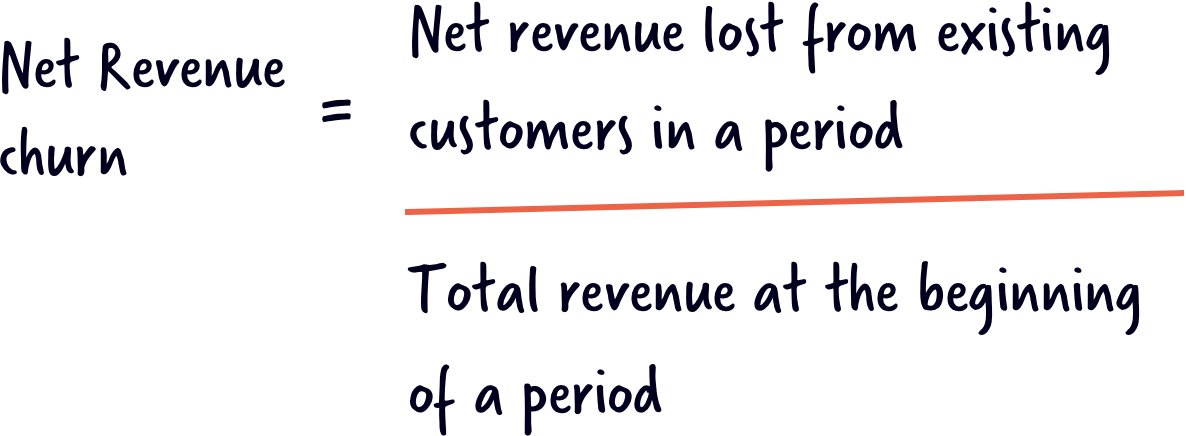"Building a plane while its flying is the best description of my experience."
- Read the job description of a growth revenue leader at a popular SaaS company.
While acquiring, activating, and retaining users represent one side of operating a successful SaaS business, monetizing through growth experiments represents the other.
Just as your customers should be experiencing the value of your product, you should be extracting equal value from them. Successful self-service SaaS businesses set up scalable monetization models that make it easy to land and expand in their customer base.
Different products have different goals and different amounts of resources (time, people, and money) to meet them. Hence, planning for growth is figuring out what your product strengths are, so you can leverage them when the time is right.
Different SaaS Growth Levers You Should Adjust for Monetization
Growth levers are powerful tools that you can 'leverage' for growth. The key to successful implementation is to pick the right lever for your growth system (picking the wrong one can lead to deadly results).
Lever 1: Pricing
The key to pricing is to always keep testing.
Pricing has always been a tricky affair. Price too high, you lose customers. Price too low, you lose value. Finding the sweet spot has been one of the oft discussed topics in the realm of SaaS. And every pricing expert will recommend that you need to keep testing and iterating.
Getting to the product-market fit is a continuous process. You'll always end up identifying a new persona, a niche market, or a different vertical you're catering to.
And you'll almost always end up finding yourself evaluating your current pricing.
Self-service SaaS companies land paying customers by being strategic about the product packaging i.e limiting the right set of features to the paid plans and thereby converting free users into paying customers.
GetAccept, An AI-based eSignature and deal management platform, adopted a hybrid approach when it came to sales — an outbound sales-driven model as well as a self-service sign-up model. As they scaled, their customer acquisition strategy pursued different use-cases and required a platform that allowed for pricing experiments, including support for tiered as well as dynamic pricing for enterprise sales. And for mid-cycle expansions, this needed to be done on a pro-rata basis.
Iterating on pricing and custom pricing, among other experiments contributed to GetAccept's revenue growing 4X at the time — businesses should take a leaf out of GetAccept's growth book and use it to improve their pricing strategies.
Lever 2: Trial patterns
Free trial has become the de-facto for SaaS businesses, typically under the SMB segment. Free trial is largely recommended as a must, if your product is competitively priced. You'd want your prospect to try before they buy, of course.
Free trials also come with their share of options, and like pricing, it is pertinent to experiment with trial patterns. Some of those experiments should be around:
-
Trial lengths — businesses with annual plans have discovered that longer trials convert better than shorter ones
-
Ability to extend trials
-
Providing upgrades to a paid plan mid-trial
-
Accepting users to sign up for trial without card details
-
Allowing for paid trials
The more important thing to take care of here is to take contextinto account. Is your product designed to demonstrate value in the limited trial period? How long will it take for a customer to realize it? What kind of communications or nudges should you employ during trial?
To learn is to grow.
The more you test, the more you learn.
The growth strategies and channels that worked yesterday would likely not work so well today, and might yield even worse returns tomorrow. Every growth experiment, no matter the results, yields an opportunity to learn about your business and users, and grow further.
If the results are impressive, you've found something with meaningful impact – optimize it for all its worth. And if you've found something that doesn't move the needle at all, there's value in that too. It signals that something was wrong with your intuition (about your product or user), or you've missed something along the way.








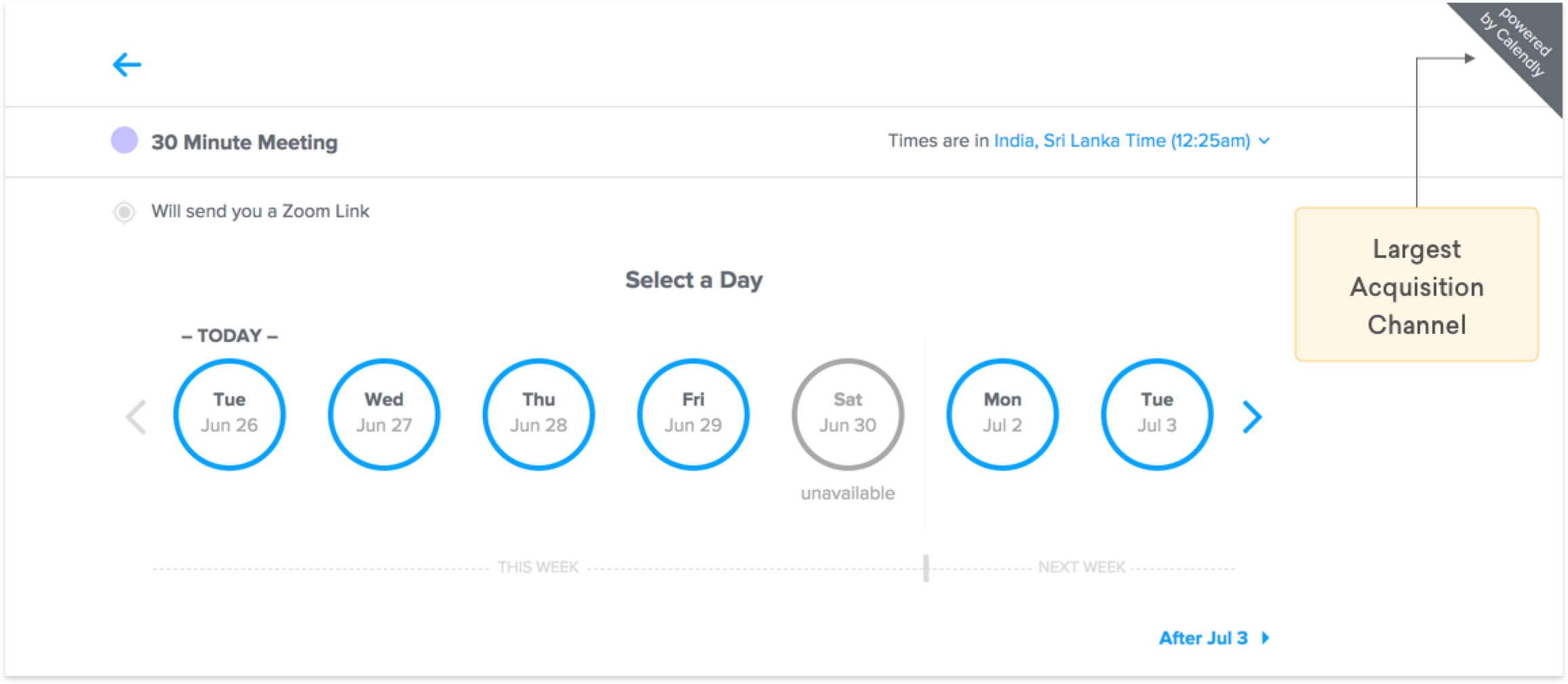

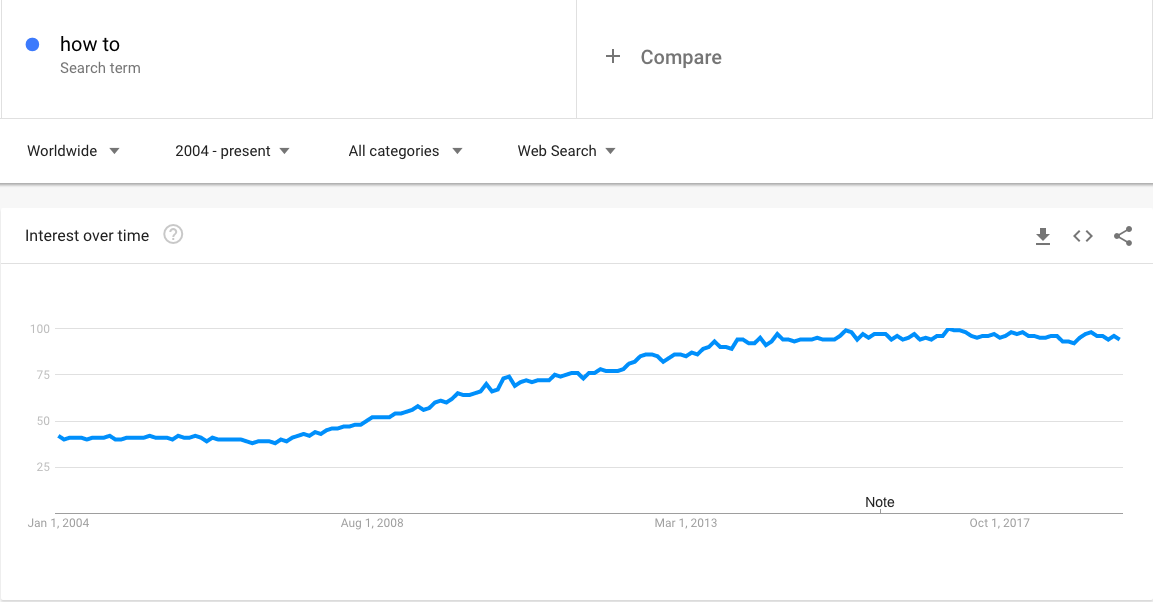


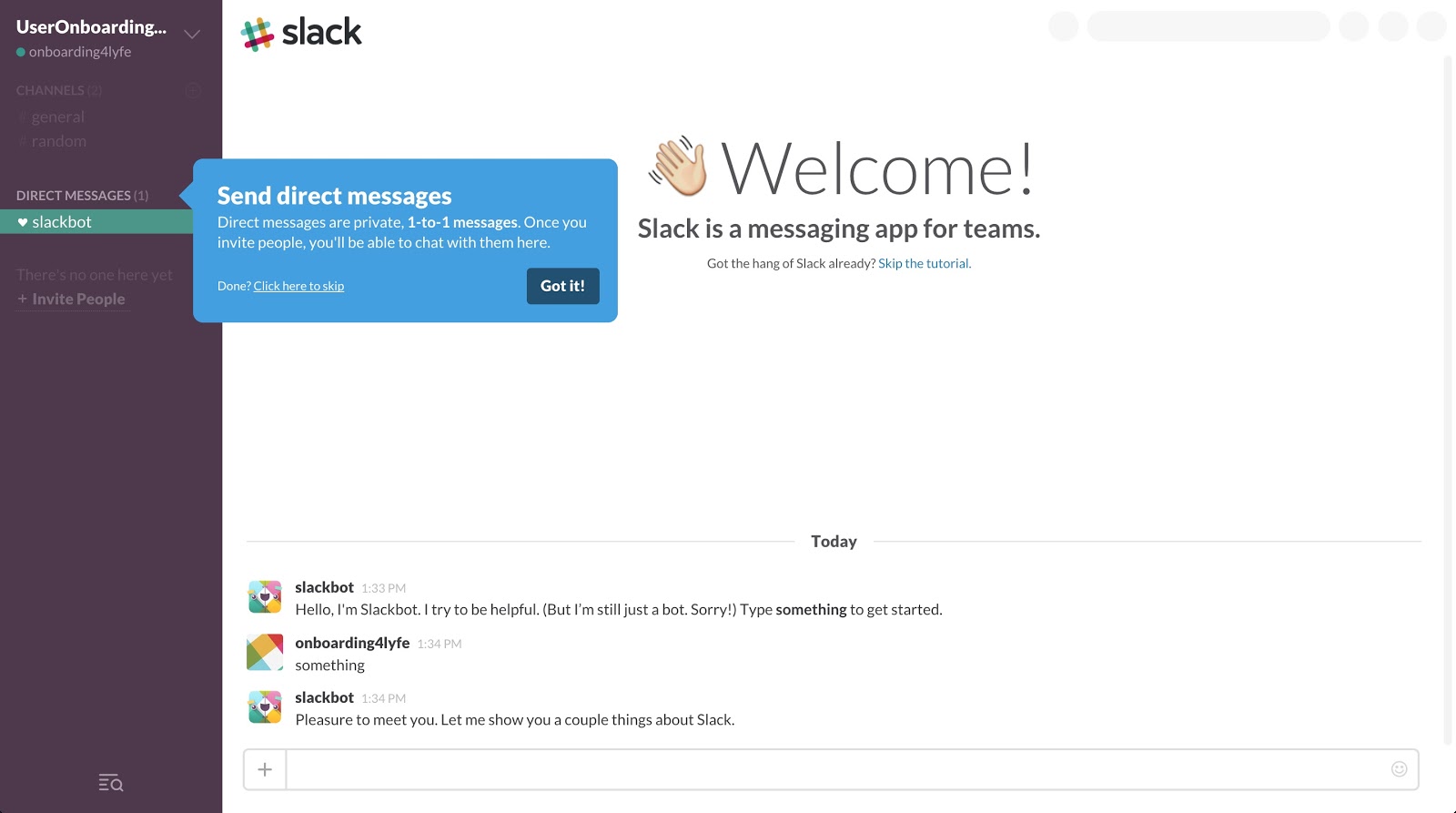
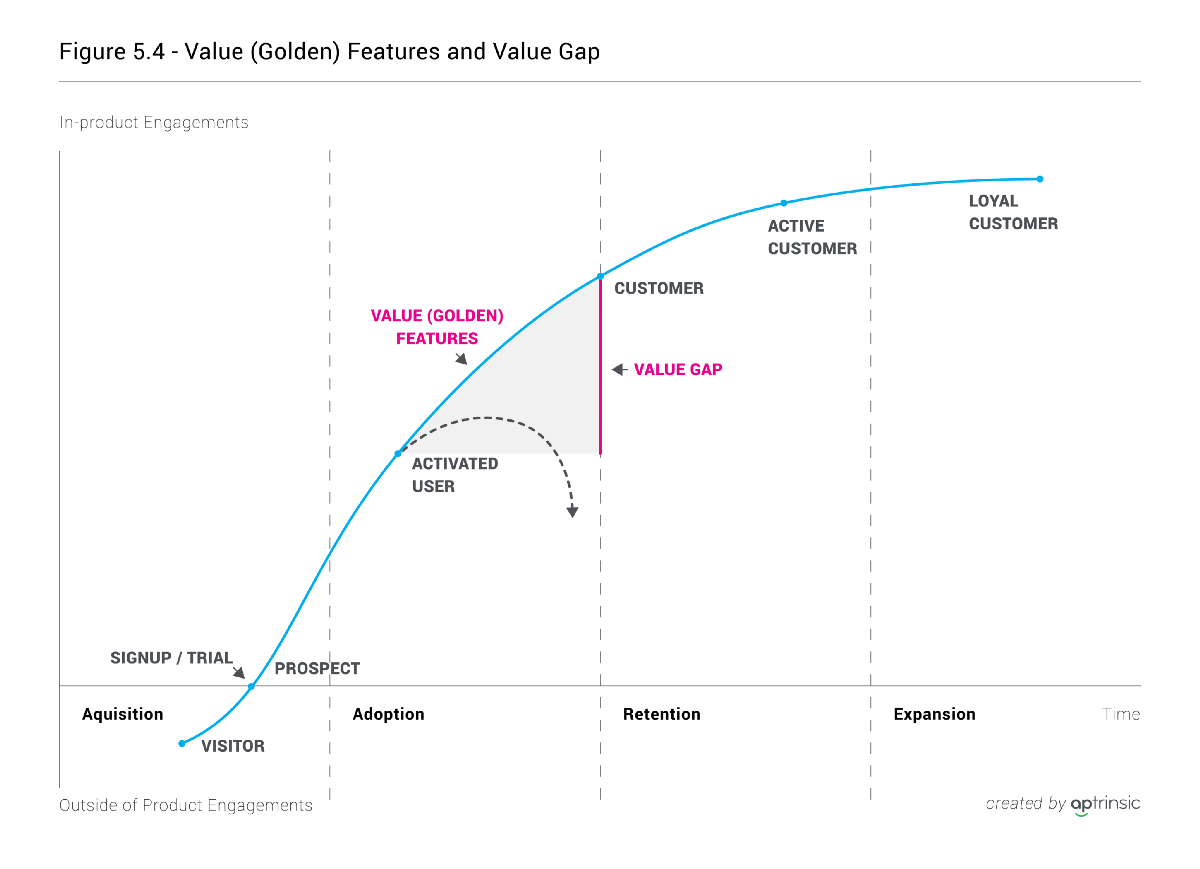
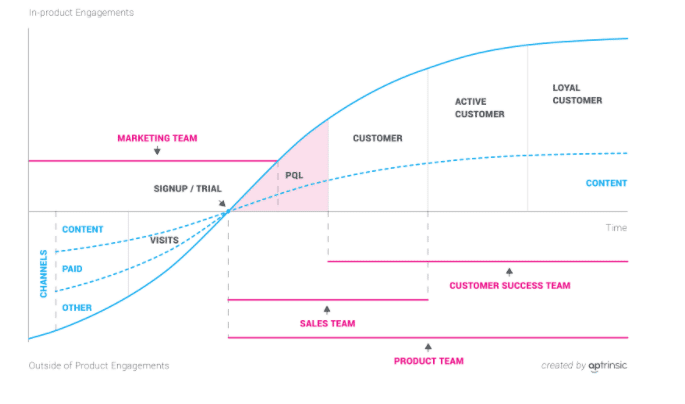
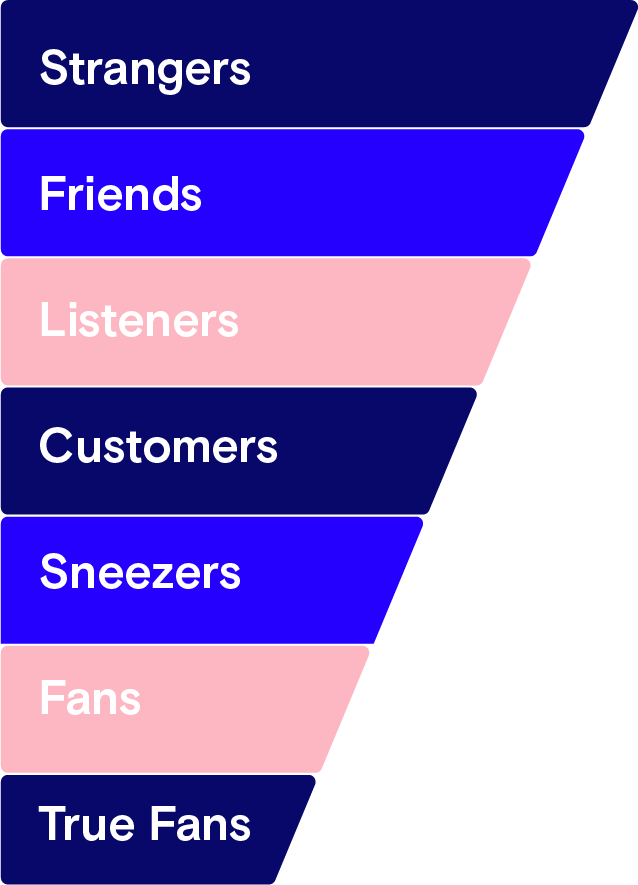
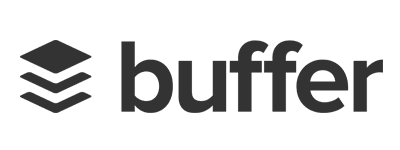
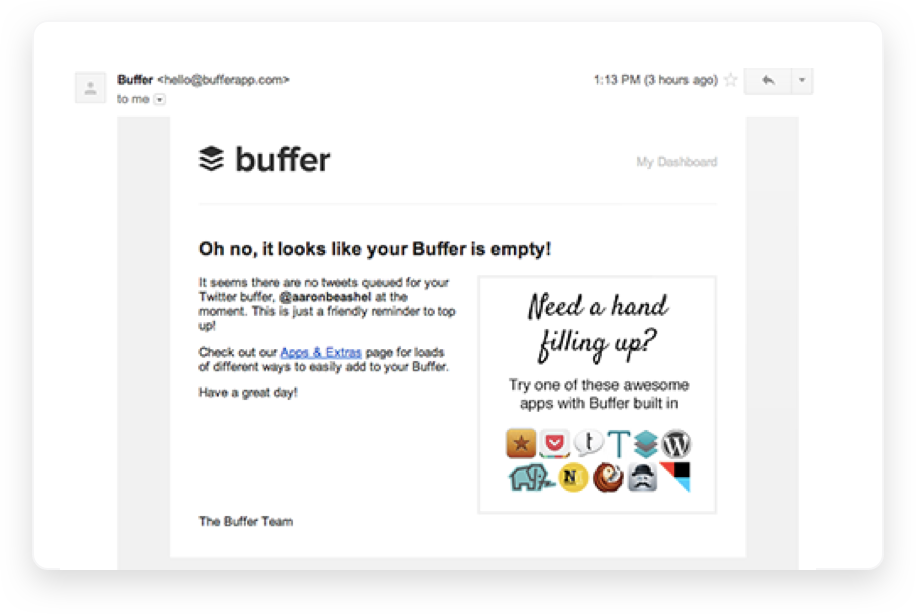

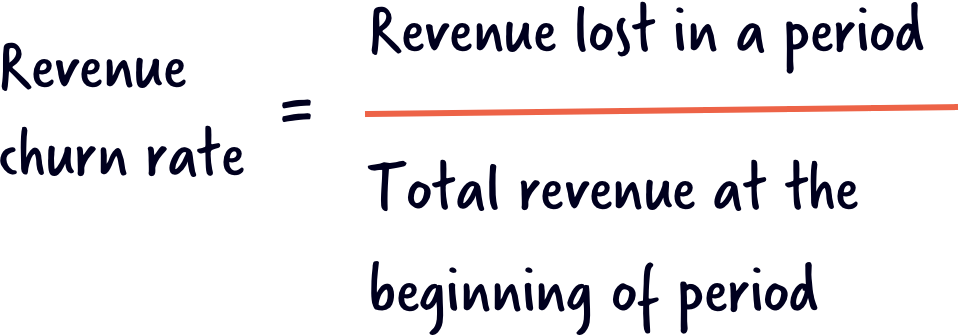
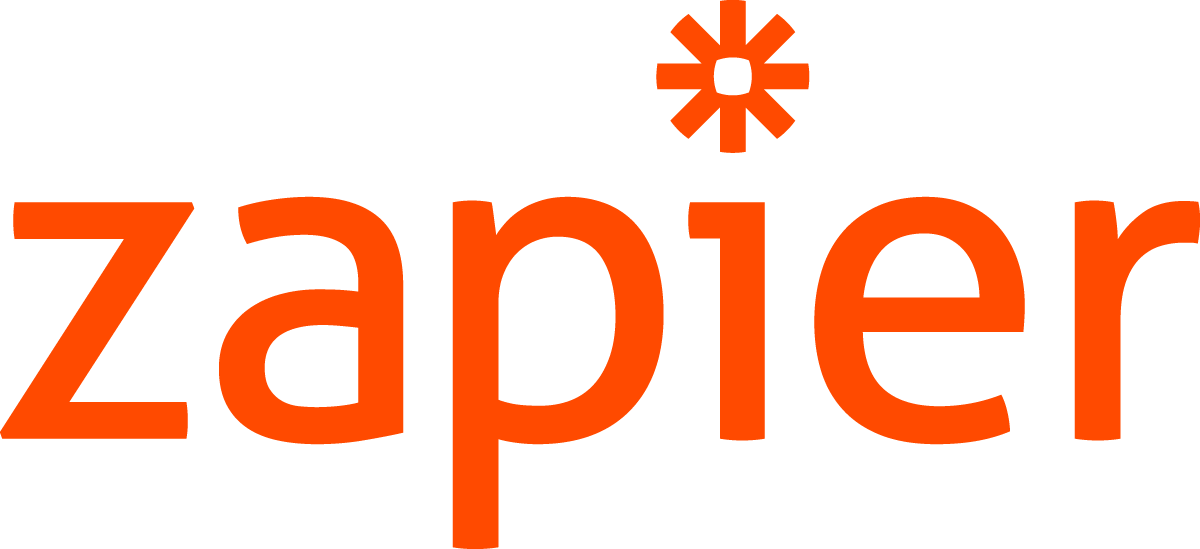
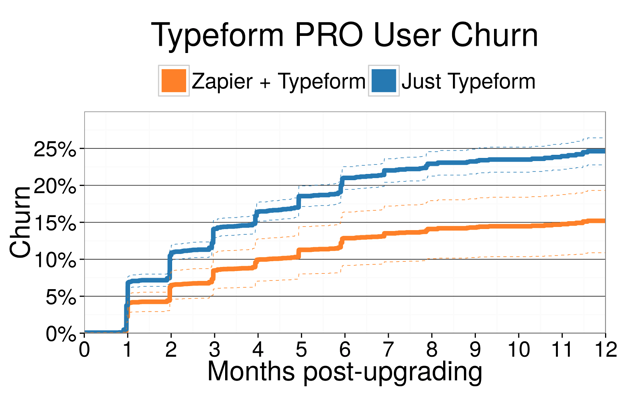

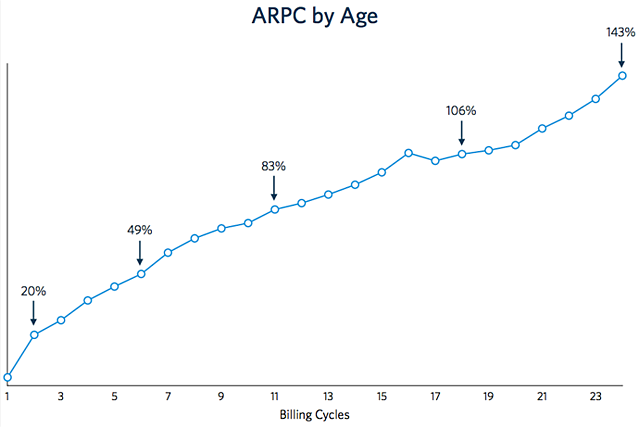

-no-of-cus-2.png)
